A Successful First Event in Our Sephardic Lecture Series!
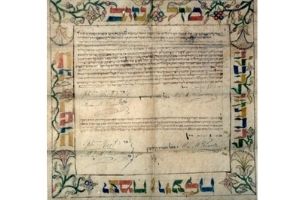
A blog post by Carolyn Bevans, Museum Educator and Programs Associate. To read more posts from Carolyn, click HERE.
Despite the icy weather this past Sunday, Rabbi Ronnie Perelis of the Bernard Revel Graduate School of Jewish Studies of Yeshiva University transported us both back in time and to a much warmer and sunnier place – the Caribbean. Before there were thriving Jewish communities in cities such as Baltimore, Philadelphia, New York, Charleston and Savannah, most Jews in the Americas lived in the Caribbean. They were part of a dynamic Sephardic network of trade and culture which connected major metropolitan centers such as Amsterdam and London to colonial ports such as Curacao and Kingston.
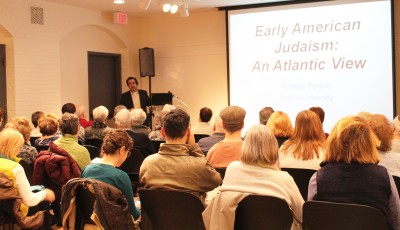
Rabbi Perelis began his talk around the turn of the 16th century, in 1492, when Christopher Columbus set sail for the New World and as the Spanish Inquisition reached its peak. In the “Prologue” of his Diary dedicated to the Catholic Monarchs Ferdinand and Isabella, Christopher Columbus writes “And thus after having expelled all of the Jews from your kingdoms and possessions, in the same month of January, Your Royal Highnesses sent me . . . to these parts of the Indies. . .” Then, within 5 years of Spain expelling its Jews, Portugal followed suit. Iberian Jews were forced to either practiced their faith in secret or seek refuge in the cities and towns of Europe, North Africa, the Near East, and even as far as Dutch-ruled Brazil.
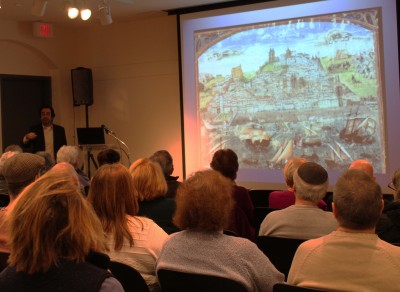
However, in 1654, Portugal regained control of Brazil and continued the expulsion of its Jewish colonists. As a result, most either returned to Holland or relocated to Caribbean colonies. In hopes of building a new life, a small group of Jewish refugees settled in New Amsterdam. As the Jewish community continued to grow in the subsequent years, they appealed to the government in an effort to gain the rights offered to other settlers, such as the right to engage in civic duties and to own property.
In response, George Washington wrote to the Newport Hebrew Congregation in 1790 that
“happily, the Government of the United States, which gives to bigotry no sanction, to persecution no assistance, requires only that they who live under its protection should demean themselves as good citizens in giving it on all occasions their effectual support… May the children of the stock of Abraham who dwell in this land continue to merit and enjoy the good will of the other inhabitants — while every one shall sit in safety under his own vine and fig tree and there shall be none to make him afraid.”
Throughout his talk, Rabbi Perelis shared several intriguing maps, drawings and artifacts. Among my favorites were:
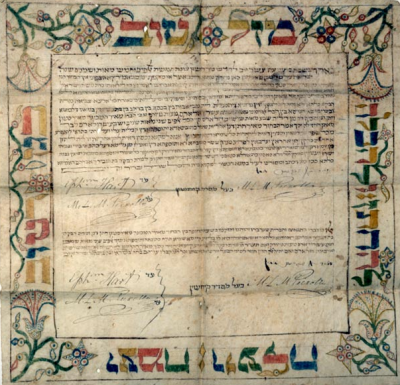
Solomon Carvalho painted the interior of Kahal Kadosh Beth Elohim from memory after the synagogue was destroyed by fire in 1838. He offered the canvas to the congregation “for such Compensation as the Board may deem proper to allow.” They judged it to be “neat & accurate” and paid him $50.
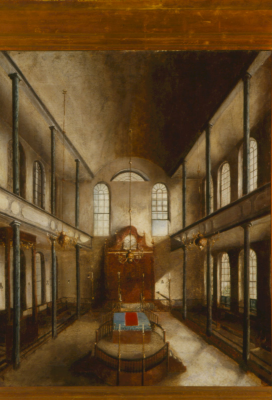
![John Rubens Smith (1770-1840). Jews Synagogue in Charleston [Beth Elohim], ca. 1812.](https://jewishmuseummd.org/wp-content/uploads/2015/01/Beth-Elohim-400x286.png)
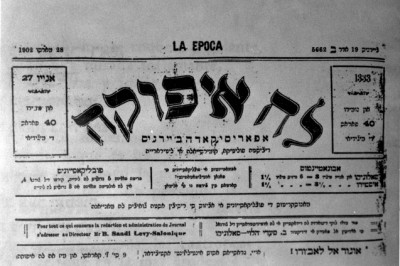
Rabbi Perelis also sent me a list of books that may be of interest!
Continued Reading:
Atlantic Diasporas: Jews, Conversos, and Crypto-Jews in the Age of Mercantilism, 1500–1800, edited by Richard L. Kagan and Philip D. Morgan
Jews in the Caribbean, edited by Jane Gerber
A Nation upon the Ocean Sea: Portugal’s Atlantic Diaspora and the Crisis of the Spanish Empire, 1492-1640; Daviken Studnicki-Gizbert
